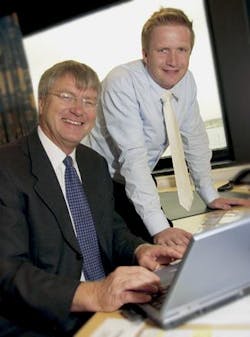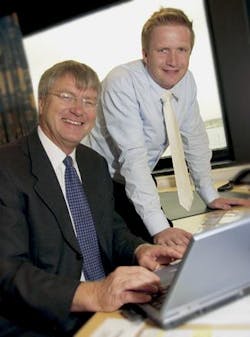Smart Field promises major efficiency gains
Introduction of the smart field will trans-form offshore industry's production operations, opening the way to major efficiency gains. So says Arild N Nystad, president of PetroManagement, whose consultancy work on smart field projects has given him a good overview of the topic.
Companies use various names for the smart field – e-operations, the e-field, the digital field, the field of the future. But the underlying process is the same – the application of a set of advanced technologies in conjunction with state-of-the-art communications technology to provide real-time management through remote control of the entire value chain.
Four companies are leading the way in Norway: BP on Valhall, ConocoPhillips on Ekofisk, Norsk Hydro on Oseberg Øst, and Statoil on its Åsgard, Heidrun, and Kristin fields in the Norwegian Sea, using the visionarium at its Stjørdal base.
Significant gains stand to be made when the potential of the smart field is fully realized, in Nystad's view. Gains could be in the order of a 30-50% reduction in costs and 5-10% increase in recovery. But first, a steep learning curve must be climbed, in adapting the organization to new, cooperative ways of working. This could take five to 10 years, Nystad believes.
null
The smart field uses the high-speed, high-data-volume communications platform provided by fiber optics to deliver the right information to the right people at the right time. Many of these people will be located in operations centers onshore. They will often have previously worked offshore but now, thanks to modern communications, can perform their function remotely. Supplier personnel may provide support from their own offices.
That gives the smart field an important safety dimension, Nystad says – fewer personnel working and traveling offshore.
Through modern monitoring technology based on real-time sensors and smart instrumentation, operations can be observed in real time and in close detail. In turn, that makes it possible to respond rapidly when a change occurs, or even to take anticipatory action on the basis of warning signs of a coming change. It may be a change in production conditions downhole, or in the operation of a turbine. The effect is an improvement in uptime.
In the early stages, the support provided by the onshore operations centers or control room support may concentrate on one particular function. Drilling, the highest single opcost, appears to be a favorite starting place. Eventually the aim is to integrate all the activities along the production chain, making it possible to predict how changes in one area will affect operations in another. Further economies of scale can be achieved by having integrated teams serving several fields.

